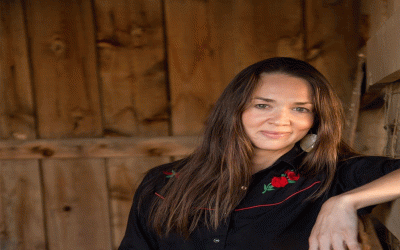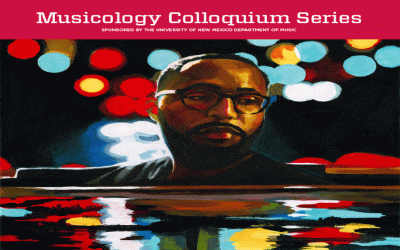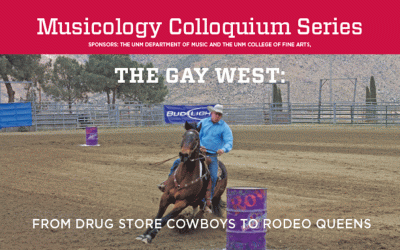 Dr. Finnie D. Coleman is the Director of American Literary Studies n the Department of English at the University of New Mexico where he teaches courses in African American literature and culture.He has served as Interim Dean of University College and Director of Africana Studies. At Texas A&M University Dr. Coleman served as the Director for Honors in the Office of Honors Programs and Academic Scholarships. Prior to his career in academia, Dr. Coleman served as an Army Intelligence Officer during the Persian Gulf War in Germany, Saudi Arabia, and Kuwait. He is married to UNM’s Dr. Doris Careaga Coleman. They have two children, Anele and Finnie.
Dr. Finnie D. Coleman is the Director of American Literary Studies n the Department of English at the University of New Mexico where he teaches courses in African American literature and culture.He has served as Interim Dean of University College and Director of Africana Studies. At Texas A&M University Dr. Coleman served as the Director for Honors in the Office of Honors Programs and Academic Scholarships. Prior to his career in academia, Dr. Coleman served as an Army Intelligence Officer during the Persian Gulf War in Germany, Saudi Arabia, and Kuwait. He is married to UNM’s Dr. Doris Careaga Coleman. They have two children, Anele and Finnie.
The University of New Mexico’s Department of Music and the College of Fine Arts welcomes Dr. Coleman to Keller Hall as he discusses a closing chapter from his book manuscript Visible Rhythms. Music from Janelle Monae, Kendrick Lamar, and Brother Ali set the stage for a discussion of Hip Hop Activism, the Black Lives Matter Movement, and Coleman’s chapter titled “Navigating the Mythologies of Postraciality; Race, Identity, and Underground Hip Hop Culture.”
Dr. Kristina Jacobsen awarded The Fulbright Con Il Sud Award for Teaching and Research
Dr. Jacobsen, was recently awarded the Fulbright Con Il Sud Award for Teaching and Research to support her upcoming research during her sabbatical year on the Italian island of Sardinia [Sardigna].
Heterophony: Texture, Technique, and Social Commentary
This lecture is in two parts: the first draws from my research on the 1960s jazz avant-garde and musicians’ interests in heterophonic musical textures. For the second part, I perform original music that utilizes heterophony and “noise” in a solo electronic and improvised format.
The Gay West: From Drug Store Cowboys to Rodeo Queens
The masculine ideal represented by the American cowboy is variously interpreted by spectators, dancers, musicians, and contestants at gay rodeos and country western dances across the U.S. Examining embodied gender practices within these communities, this talk articulates the sonic, social, and geographical spaces of the gay American West.



